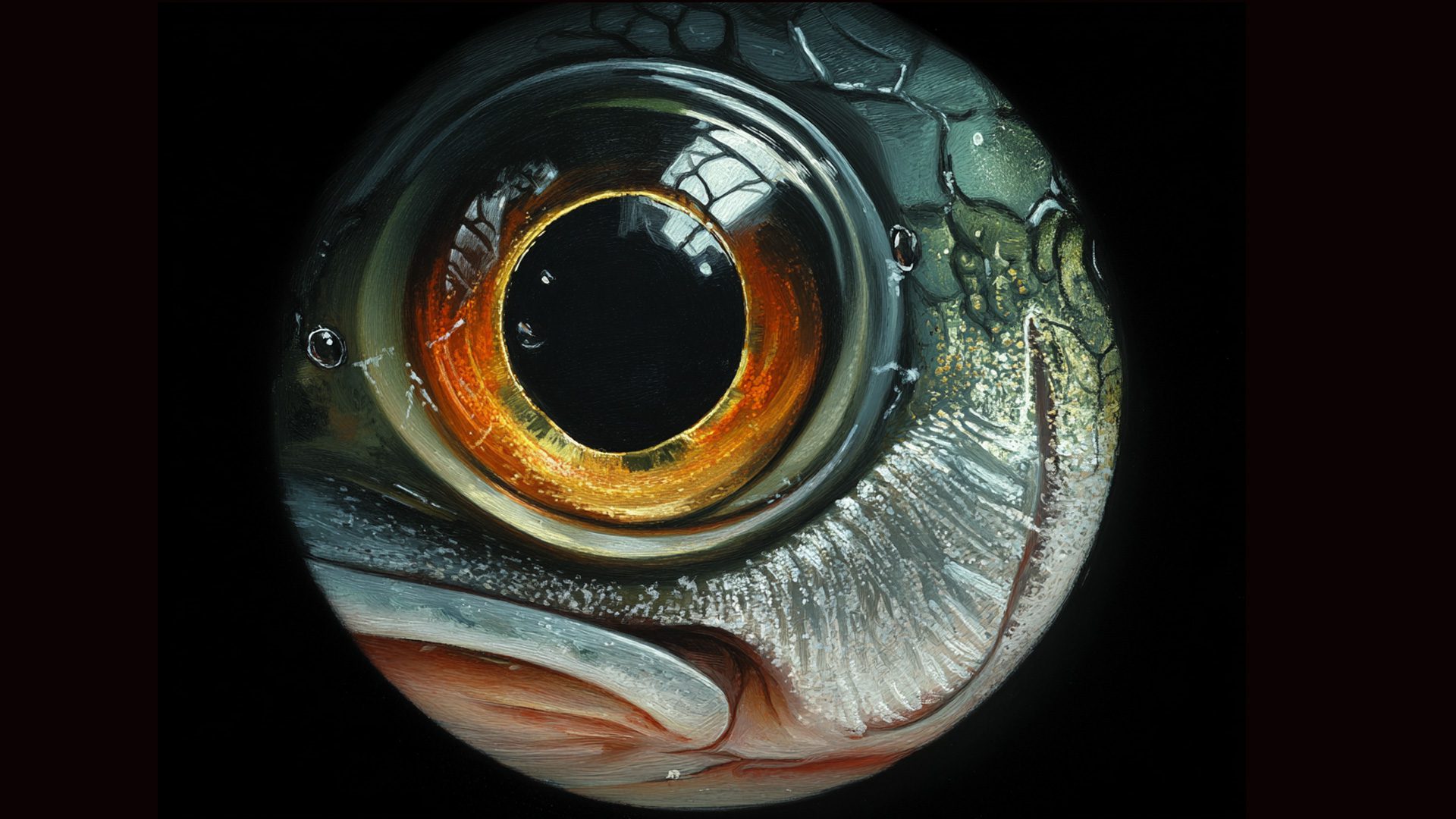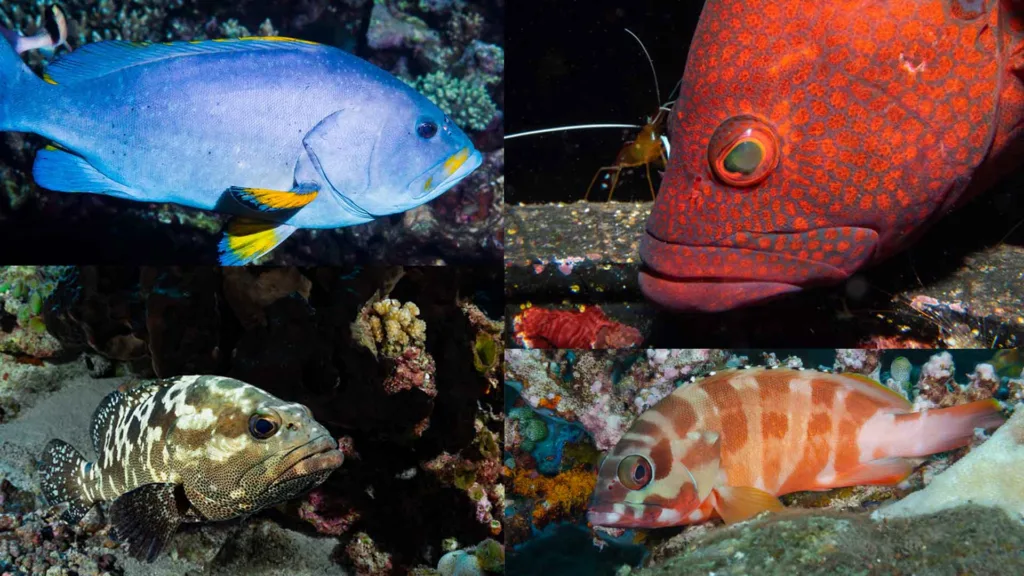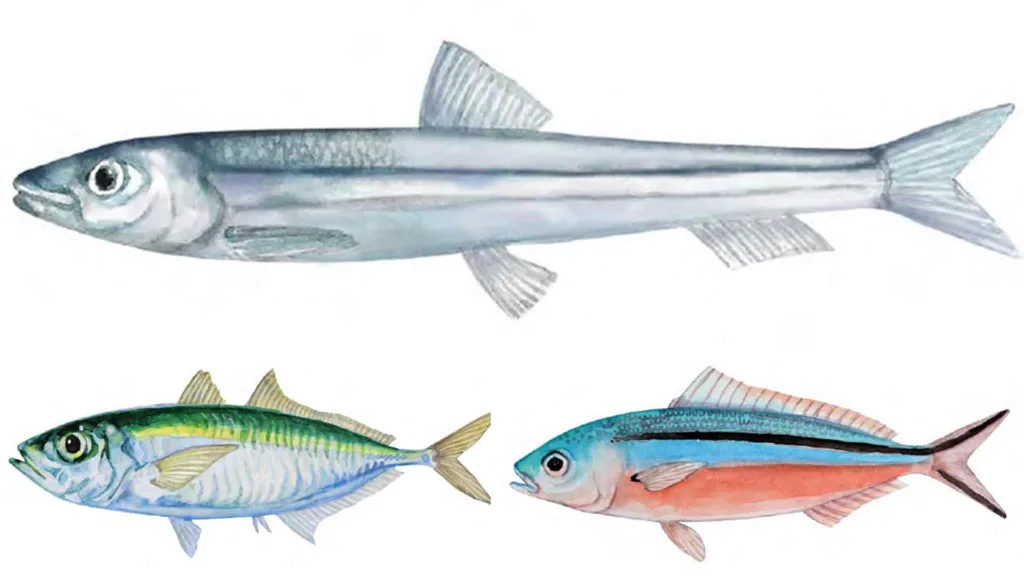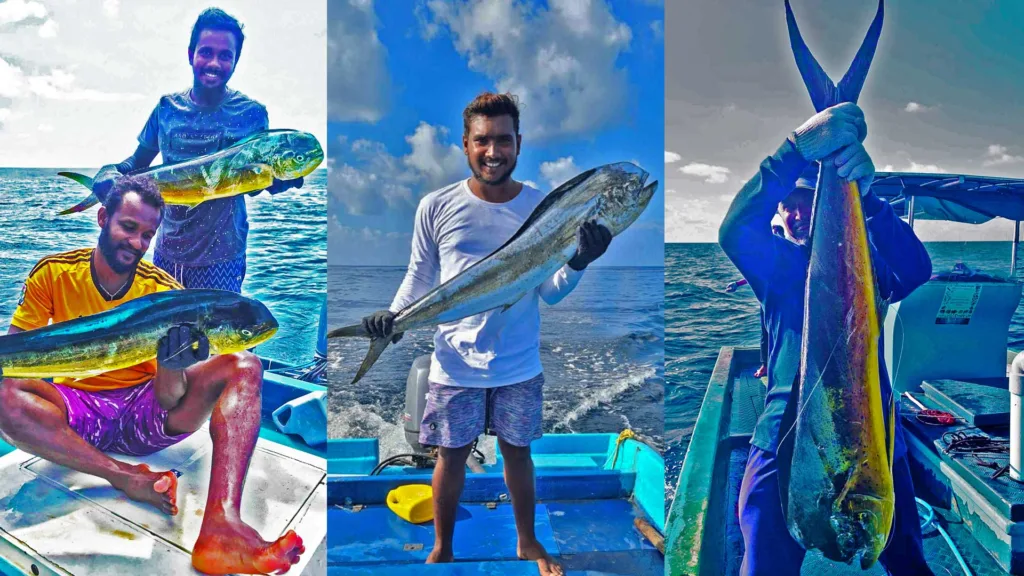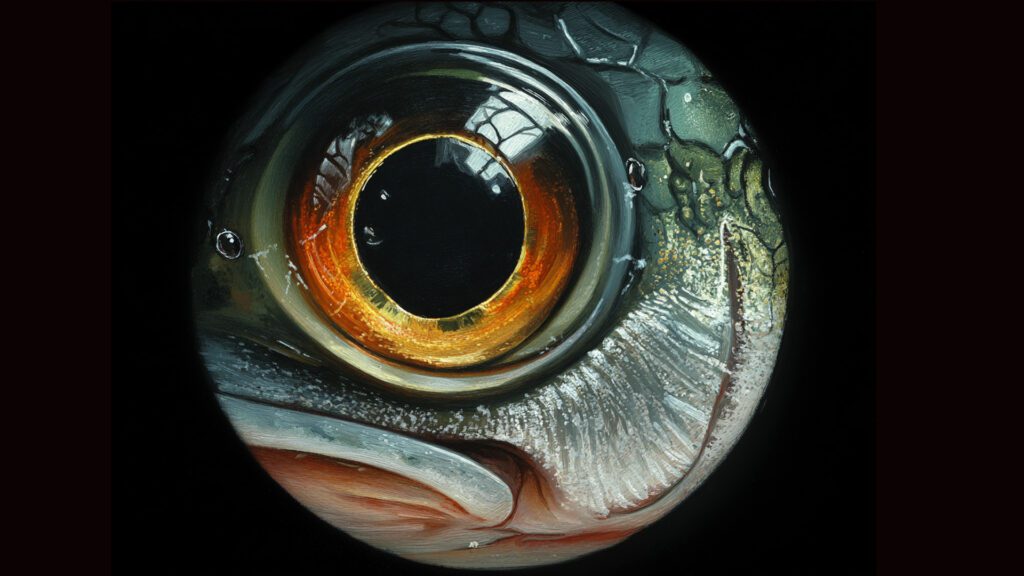
Beauty is subjective, perceivable in different ways to different people. Well, I considered writing this article about the intricate and mesmerising beauty that I saw in the photos and videos of my friend Abdulla Sivad, a prolific diver. He captures the full splendour and scope of these marine marvels. I’ve previously written about colour effects in fishing.
Electromagnetic fields
Radiation from electromagnetic fields is a type of energy. We represent this in terms of wavelengths. We can perceive wavelengths that fall between infrared and UV.
Many organisms on Earth can detect light at wavelengths other than this. And different animals can see different amounts of light. This change can happen at different times in the life of an organism.
Different fish possess different abilities
Salmon, for instance, move from saltwater to freshwater. As they grow, their visual abilities change. They get UV cones as they grow, which helps them find food against UV backgrounds. But things are different when it comes to brown trout (Nettimi, 2022).
They don’t have UV-sensitive cones. As they age, their lenses absorb UV light to protect their retinas from the damage it can cause. This means they lose UV vision. In other words, UV helps young trout find food. They might be able to pick up the plankton that is moving around. Adults, on the other hand, eat from the ground and don’t need UV light. They eat things at the bottom. Vision has to do with the environment (Nettimi, 2022).
Light with wavelengths from UV to red can be seen by zebrafish. Young zebrafish can also see 860 nm near-infrared light. At night, however, they close their eyes and become less active than they were during the day.
Light is absorbed in water
Sound travels better through water than through air. It is not a good way for light to travel, though. When light hits water, it starts to take it in. The light also becomes weaker as it travels through water. In the open air, people can see about 20 km away. The fish, on the other hand, can see 50 meters. And the clarity goes down when the water is rough and muddy. And as the depth goes up, the fish’s ability to see goes down too.
Red is the first colour taken in
At a depth of about 750 meters, it is dark and cloudy. At a depth of about 1000 meters, it’s night for them. But a lot of fish live past this point.
As was mentioned previously, wavelengths are parts of visible light. Most of the time, red is longer than violet. Red is the first colour that is taken in. At a depth of approximately one meter, the organism absorbs 25% of the red light. This means that as the depth goes up, visibility goes down.
Some fish can’t see colours
Rays and sharks can’t see colours, but that doesn’t bother them. The most sensitive range for species that live in shallow water is about 500 nanometres. For species that live deeper, this ranges from 475 to 480.
Fish eye
Between the lens and the iris, there are two structures that comprise the interior of the eye. This tiny portion of the eye in front of the lens is known as “aqueous humour”. The space behind the lens, which is the main part of the eye, is filled with a liquid called “vitreous humour.”
The iris of a fish’s eye doesn’t move at all in teleosts but moves very slowly in elasmobranchs like sharks and rays.
A fish lens is round
An eye of a fish has a lens that is completely round. The lens’s shape is fixed, which means that it can’t be changed to make it easier to focus on things that are closer or farther away.
The fact that fish’s eyes tend to stick out from their heads and the way they normally move in circles means that they usually have pretty excellent all-around vision.
Eyes on top; eyes on sides
Some fish have their eyes on the sides, while most have them on top of their heads. Opisthoproctus soleatus is the name of a fish that lives in the deep sea and has mirror-like eyes on its head.
These eyes look straight up into the sky. The Mud Skippers, Periopthalmus sp., have eyes on big turrets that give them excellent vision all around. When they’re in the mud, they can also clean and grease their eyes by pulling them into the turret.
This is a short piece about the incredible beauty and power of fish eyes. These biological and scientific facts demonstrate that their eyes are designed with various features that allow them to live, forage, evade predators, and survive in extreme depths and temperatures. And this is the complete perfection of God’s ultimate creation.
